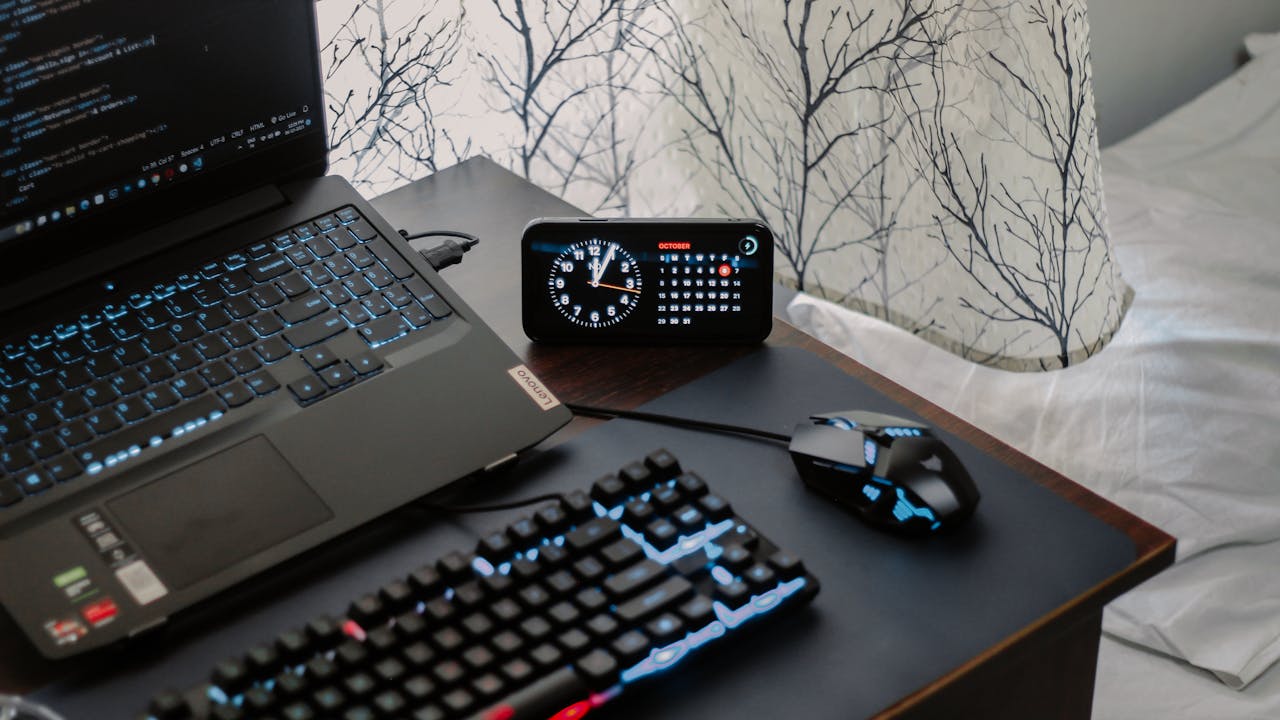Is OpenAI Sora Any Good? A Comprehensive Review

Evaluating OpenAI Sora
User Reviews and Feedback
User reviews and feedback play a crucial role in understanding the practicality and usability of OpenAI Sora. Many content creators, marketers, and AI enthusiasts have shared their experiences, offering insights into its strengths and weaknesses.
Pros:
- Quick Processing Times: Users appreciate Sora’s rapid content generation capabilities. For those in need of timely content, Sora ensures fast turnaround times.
- User-Friendly Interface: Sora’s intuitive design appeals to both novice and experienced users, ensuring a smooth learning curve.
- Detailed Technical Handling: According to Toolsmart, Sora excels in managing intricate technical details, making it a preferred choice for users requiring fine-tuned results.
Cons:
- Scene Imperfections: As noted by DataCamp, Sora sometimes struggles to create perfect scenes, with occasional issues related to real-world physical rules and spatial inconsistencies.
- Learning Curve: Despite its user-friendly interface, some users find that mastering Sora’s advanced features requires a bit more time and practice.
Here’s a quick overview based on user feedback:
| Aspect | Rating | Notes |
|---|---|---|
| Processing Time | 9/10 | Quicker compared to many alternatives |
| Interface Usability | 8/10 | Intuitive, but advanced features take time |
| Technical Detail | 7/10 | Excels in details, but has some scene flaws |
| Overall Satisfaction | 8/10 | Generally positive, but room for improvement |
Comparison with Google’s Veo 2
When evaluating OpenAI Sora against Google’s Veo 2, it’s important to consider several factors like resolution, video duration, and creative controls.
| Feature | OpenAI Sora | Google Veo 2 |
|---|---|---|
| Resolution | Moderate, suitable for quick content | High, suitable for professional-grade content |
| Video Duration | Shorter, ideal for rapid use cases | Longer, better for extended projects |
| Creative Controls | Basic to moderate | Advanced |
| Processing Time | Faster | Slightly slower |
| User Interface | More user-friendly | Requires technical expertise |
According to Gumlet, Veo 2 offers higher resolution, longer video durations, and advanced creative controls, making it the better option for professional-grade content creation. On the other hand, Sora excels in situations where quick content generation is essential, thanks to its faster processing times and more intuitive interface.
In summary, choosing between Sora and Veo 2 largely depends on your specific needs. If you’re after rapid content generation with ease of use, Sora is a great option. However, for high-resolution, extended videos with advanced creative controls, Veo 2 may be more suitable.
For more on OpenAI tools and their applications, check out our content on is sora free openai?, or if you’re interested in specific AI tools, see can i use sora in chatgpt? and where is sora available now?.
Analyzing OpenAI Sora Features
When you’re considering whether OpenAI Sora is any good, it’s crucial to understand how this tool works and what it can offer. This section highlights the text-to-video generation process, its strengths, and its limitations.
Text-to-Video Generation Process
OpenAI Sora leverages a highly advanced text-to-video generative AI model. This model uses a hybrid architecture, combining a diffusion model with a transformer architecture, akin to GPT. Sora creates videos based on simple text prompts.
| Feature | Description |
|---|---|
| Core Technology | Combines Diffusion Model with Transformer Architecture |
| Video Creation Elements | Remix, Re-cut, Loop, Storyboard, Blend, Style presets |
| Process | Utilizes patches organized by a transformer for detailed content creation |
| Additional Features | Recaptioning with GPT for enhanced fidelity |
The process begins with you entering a text prompt. The hybrid architecture, which includes dimensionality reduction, then processes this input. The architecture uses patches organized by a transformer to generate detailed content for each section of the video. Additionally, the recaptioning feature uses GPT to improve detail and accuracy.
This efficient approach allows creators to experiment with different elements of video creation, making it versatile for various creative needs.
Strengths and Limitations
Like any tool, Sora has its strengths and limitations. Knowing these can help you decide if it’s the best fit for your needs.
Strengths:
- High-Fidelity Video Creation: Sora’s recaptioning feature with GPT enhances the video details, capturing more nuances from your text prompts.
- Control and Customization: Features like Remix, Re-cut, Loop, Storyboard, Blend, and Style presets offer significant control over the video generation process.
- Efficient Processing: The hybrid architecture not only creates detailed videos but also reduces computation through dimensionality reduction, making the process faster.
Limitations:
- No Integrated Sound: Sora currently does not support integrated sound. You will need additional tools to add soundtracks or audio effects.
- Focus on Video Only: Sora exclusively focuses on video generation, leaving out aspects like interactive elements or 3D modeling.
For more details on where Sora can be utilized, explore where is Sora available now?.
Understanding these factors helps you evaluate whether OpenAI Sora meets your specific requirements, particularly in the context of AI-driven content creation. If you’re also interested in how other AI tools compare, check out sections on can professors detect Claude? and can Turnitin detect Claude AI?.